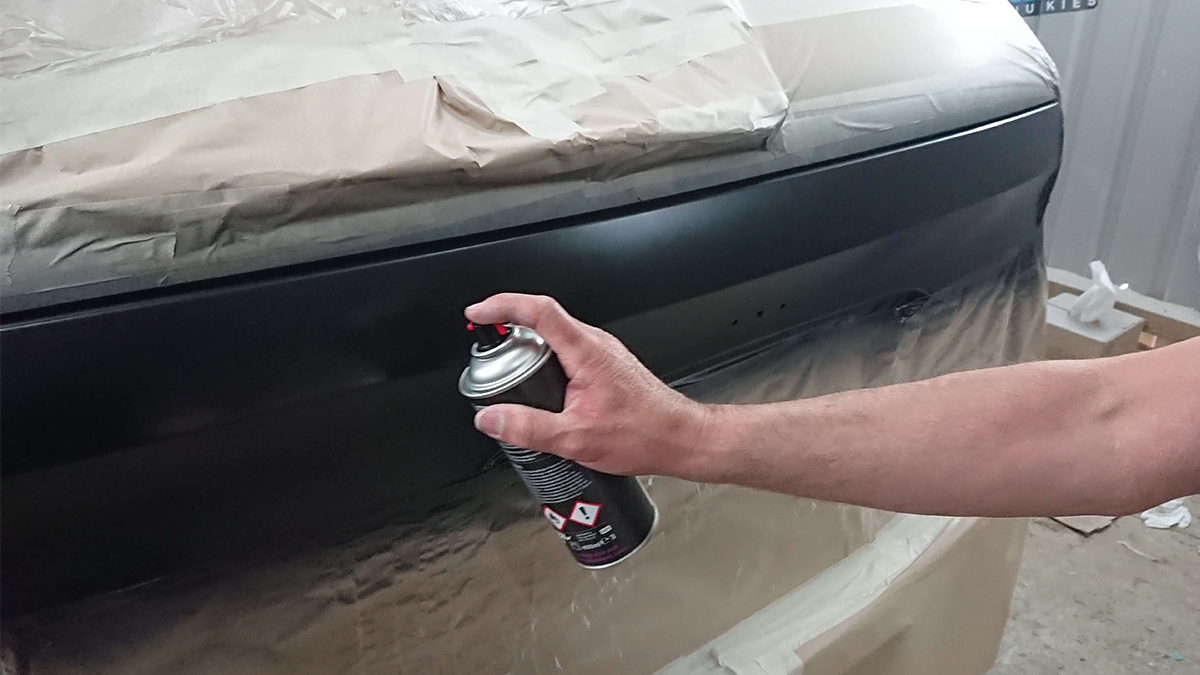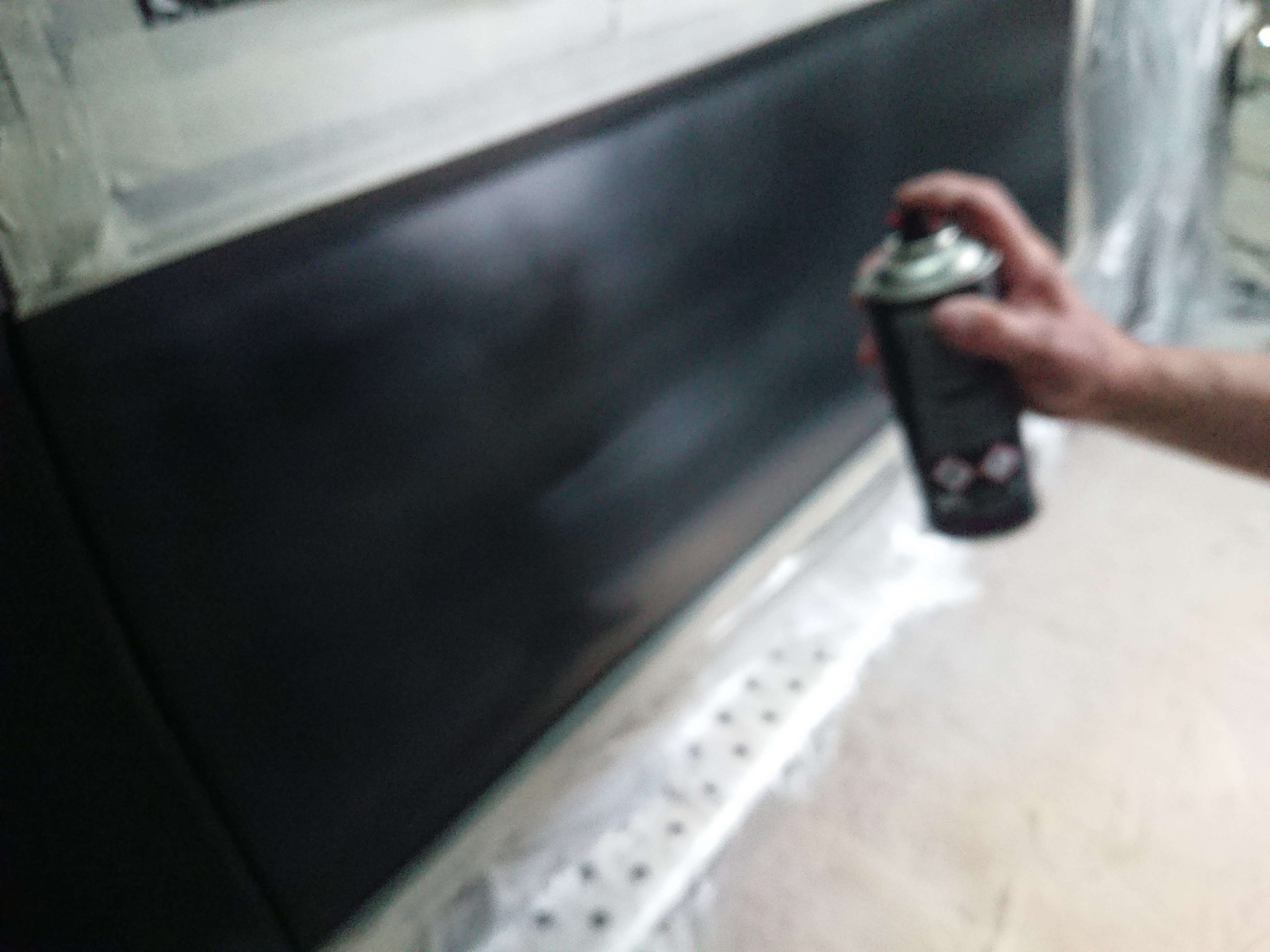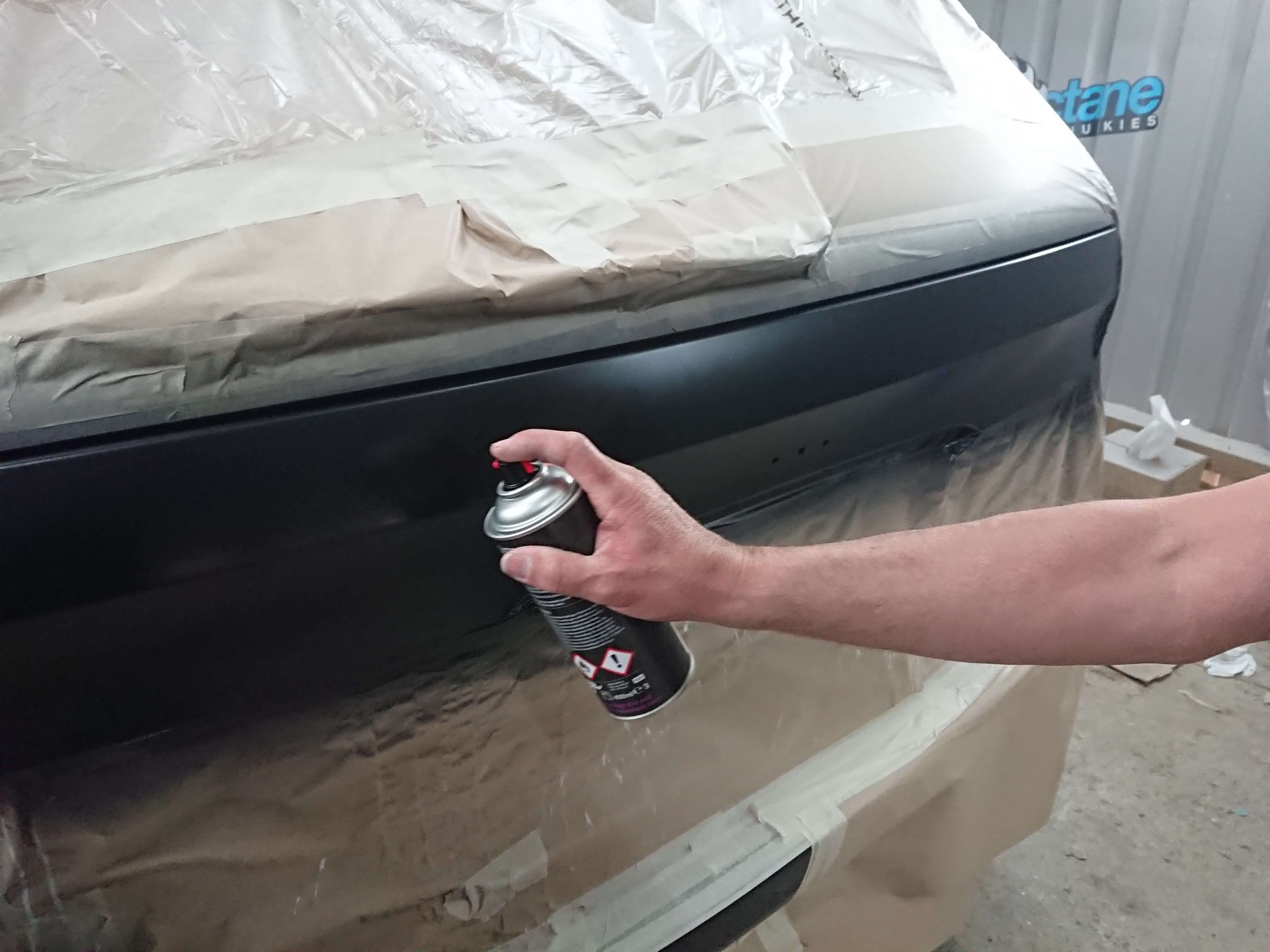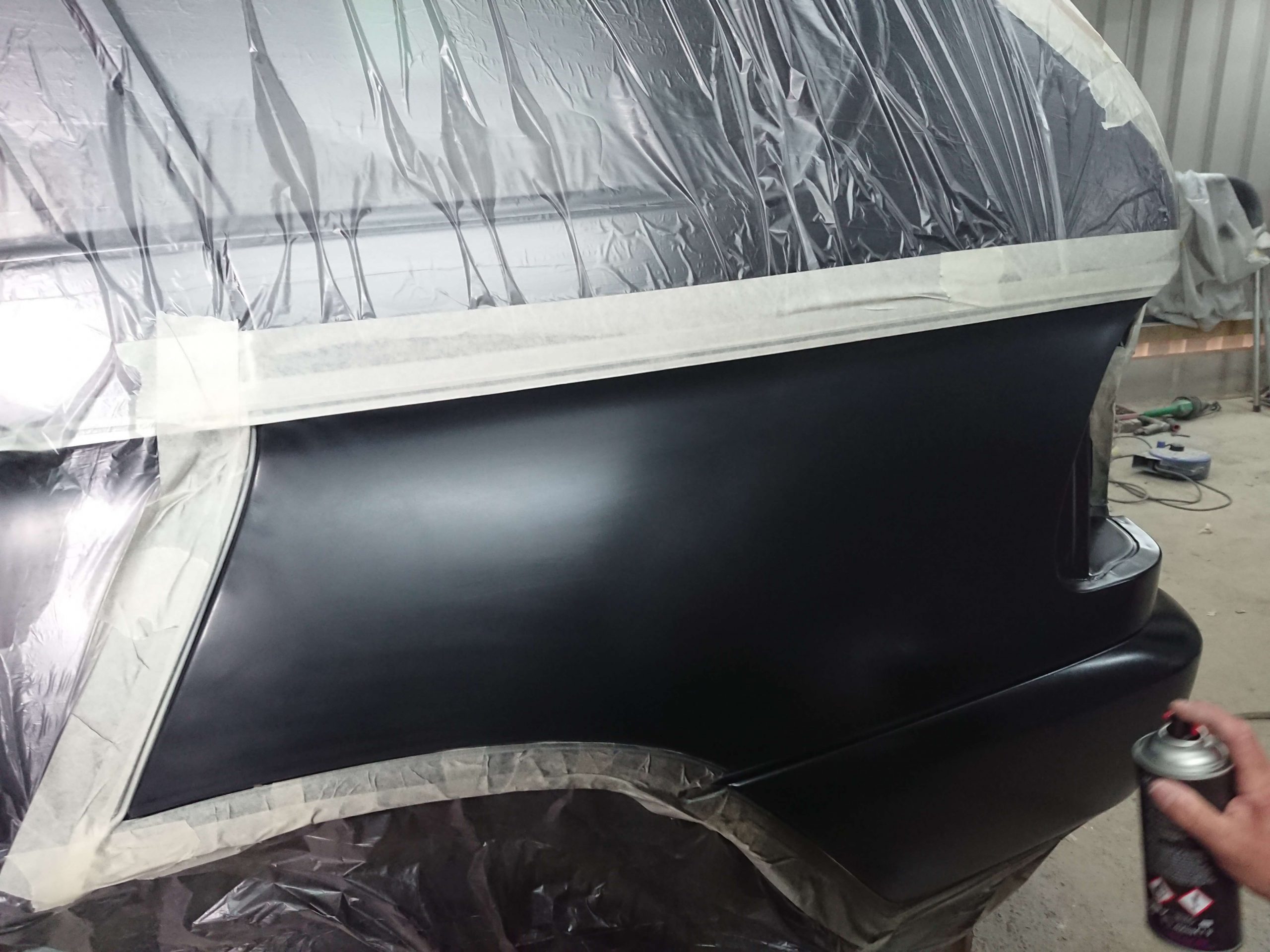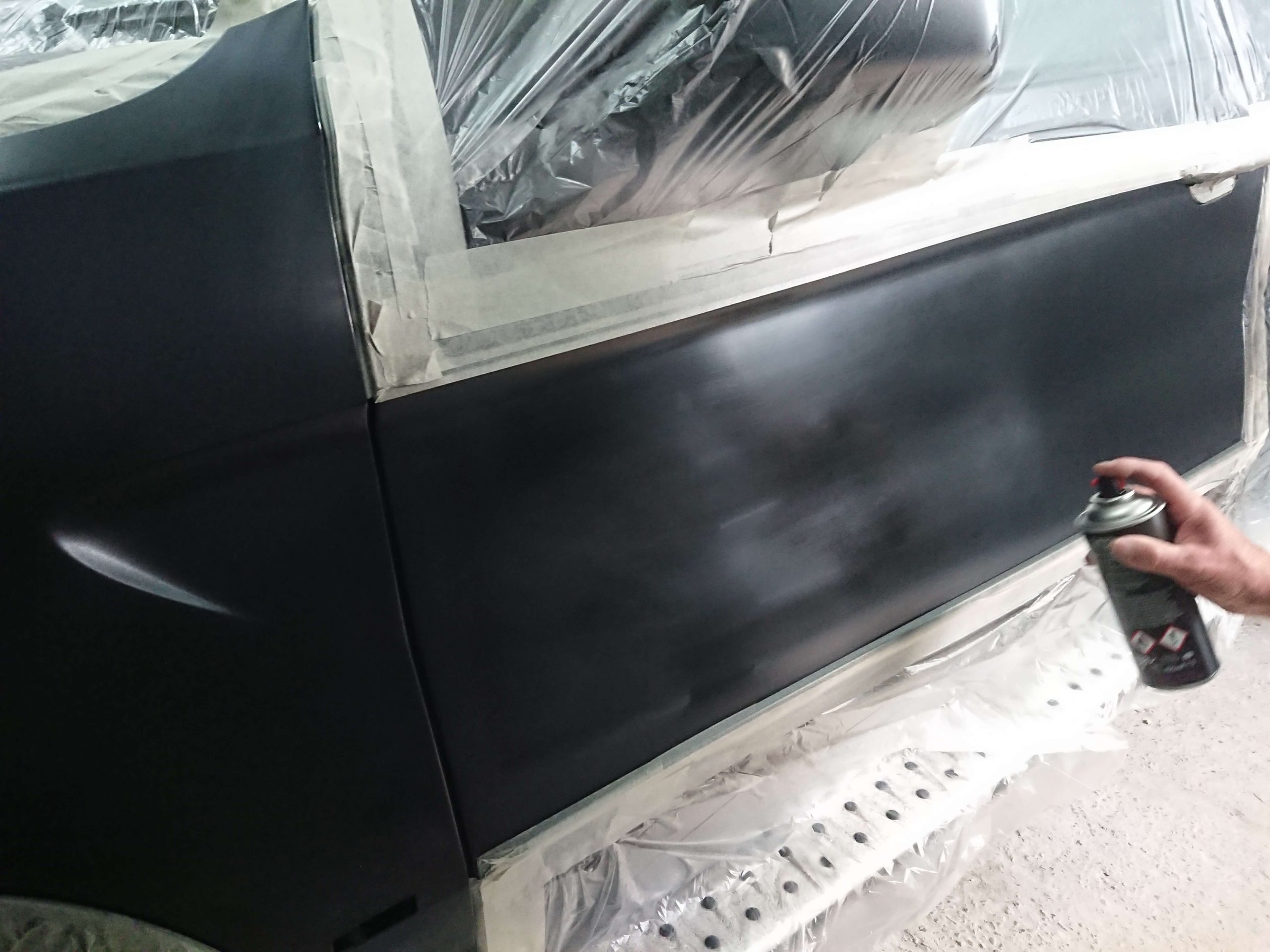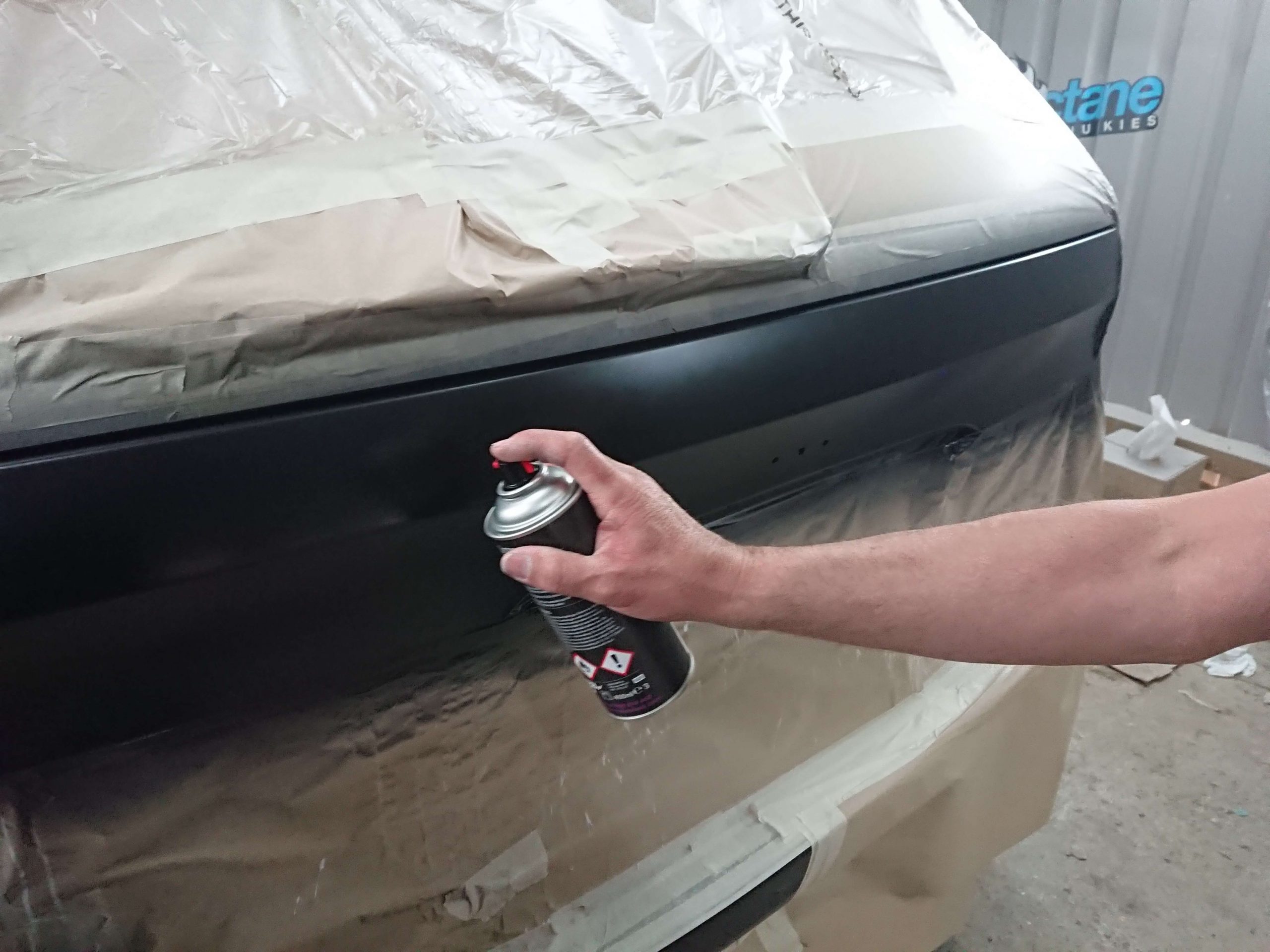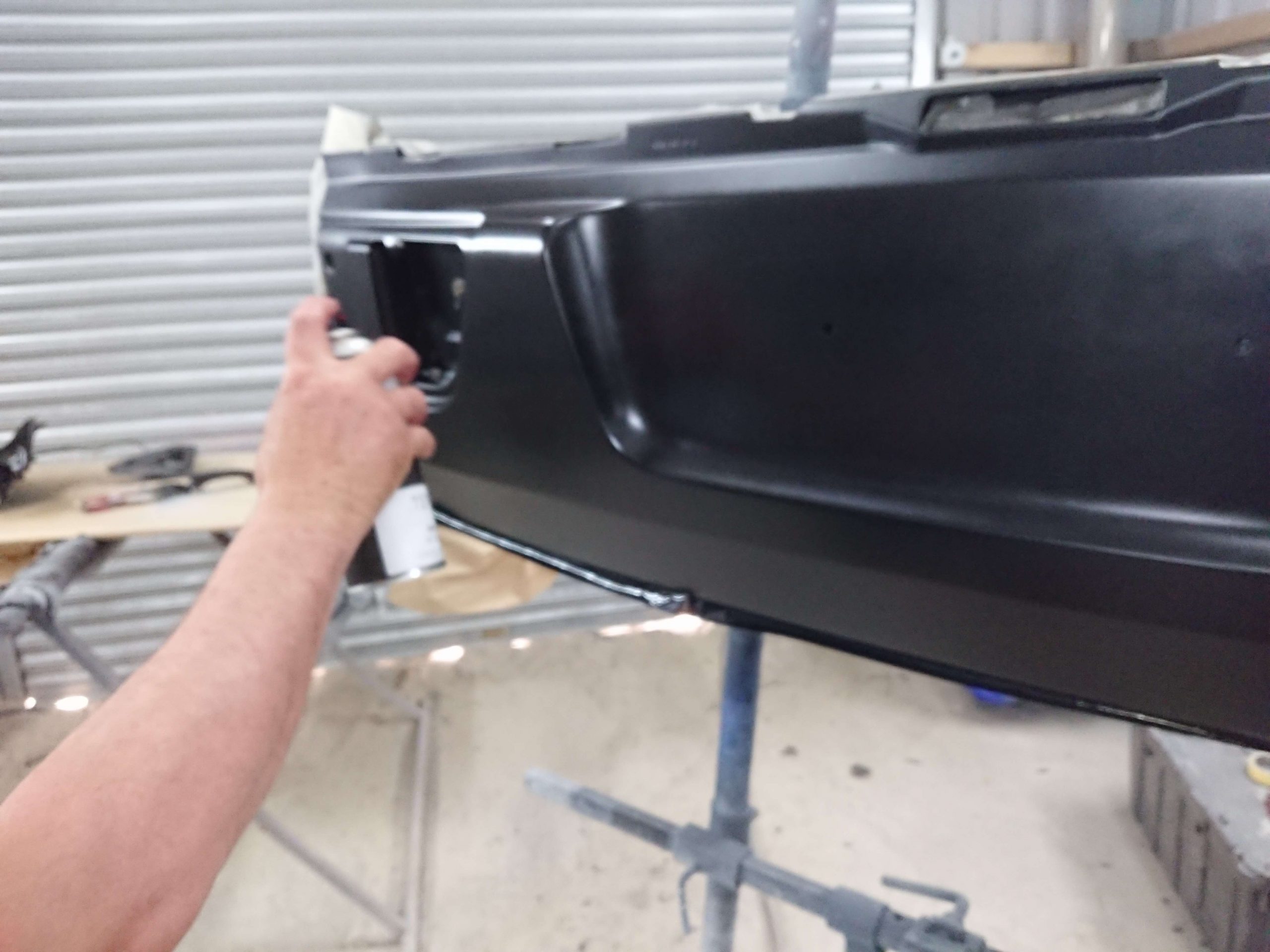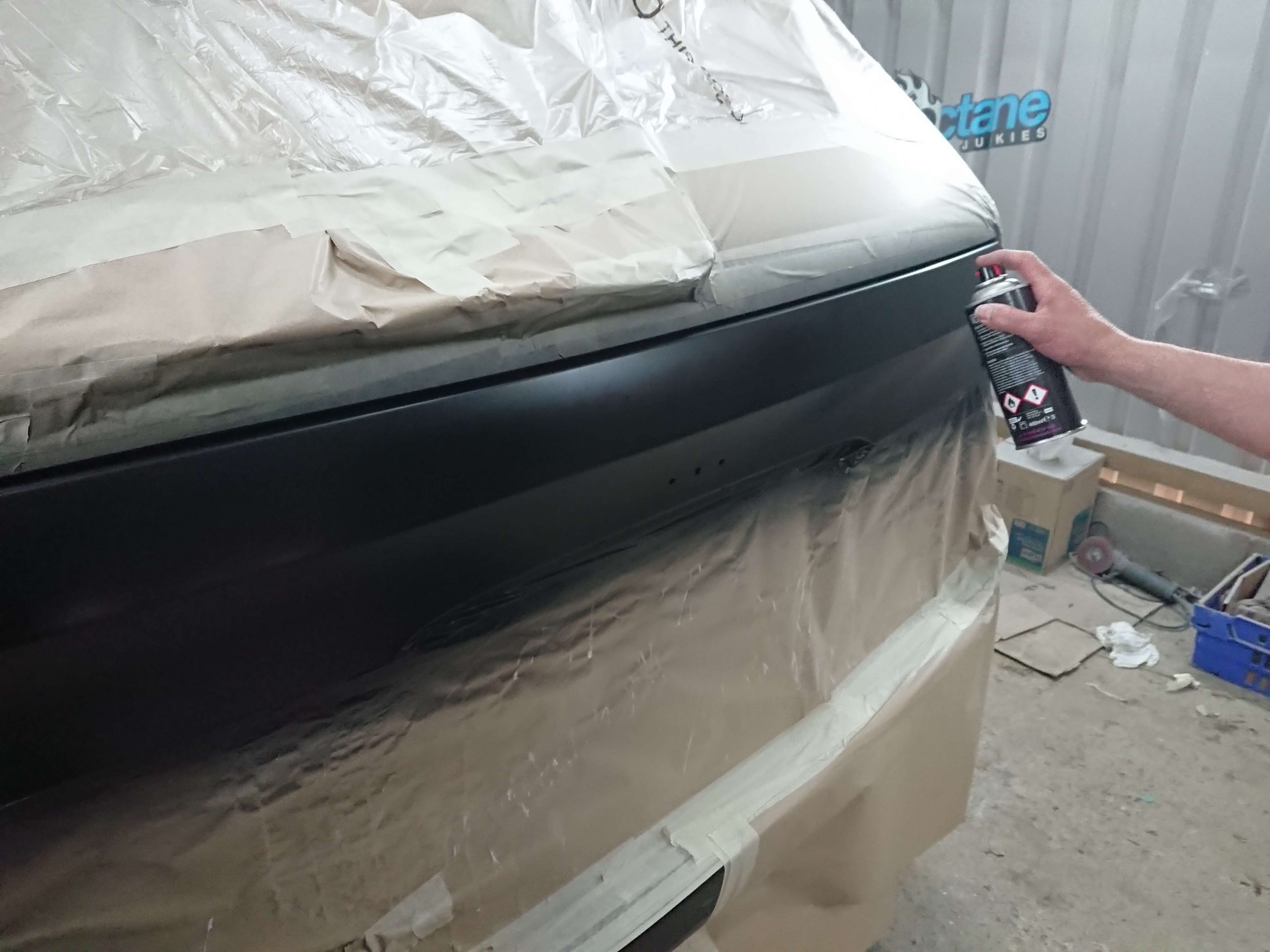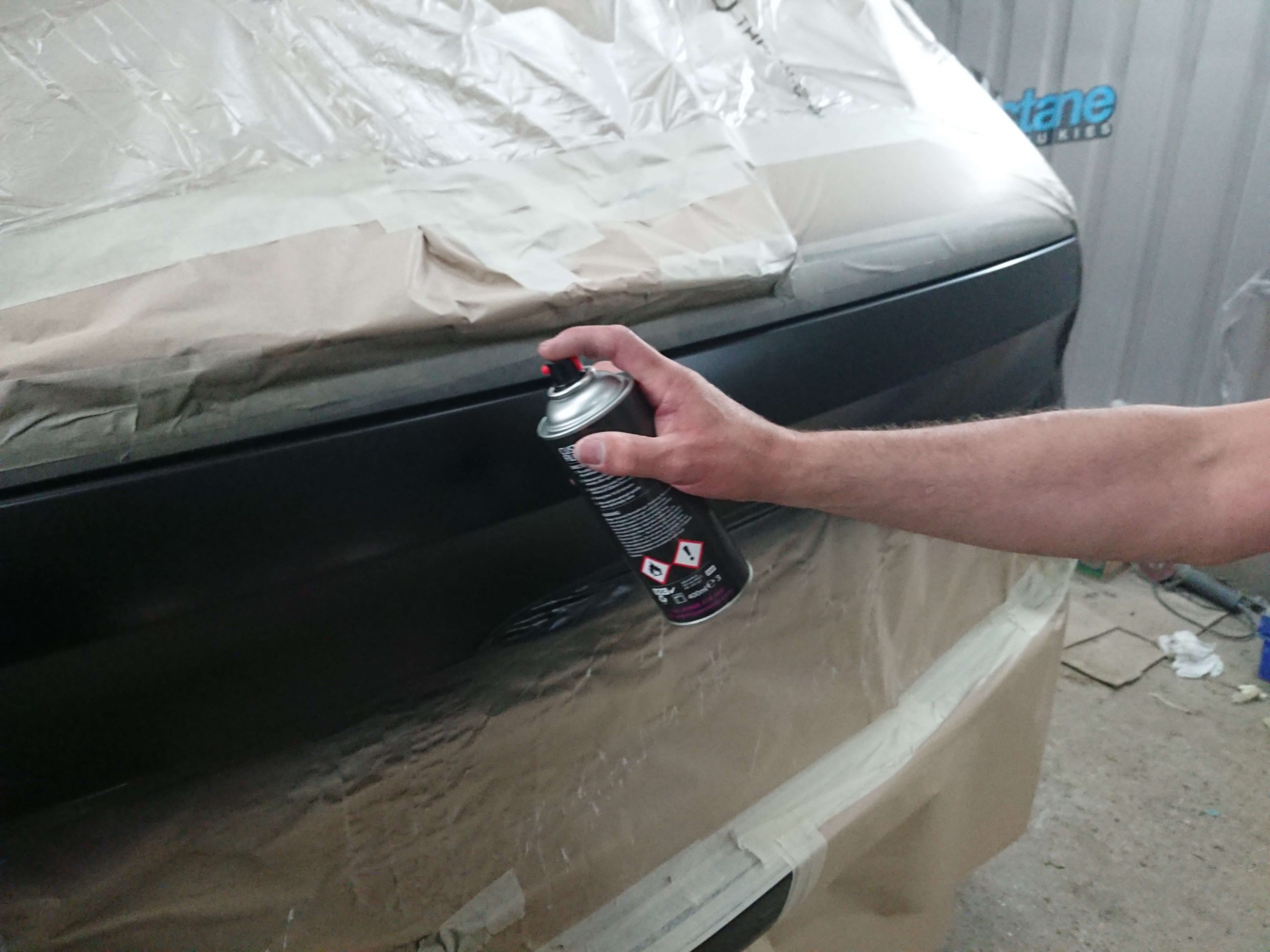Sometimes your vehicle is in need of some renovation works to make it look slick and clean. Through various forms of wear and tear, scratches and fading can occur, but can easily be fixed through a quick spray paint. Here is how we completed a spray touch up for a BMW X5.
What You Will Need:
- Sanding Block and Sanding Paper (120 + 240 + 600 Grit)
- Masking Paper
- Masking Tape
- Good Quality Painting Mask
- Degreaser
- High Build Primer
- BMW Base Coat paint
- 2K Gloss Lacquer
The Method
Prep is always the key when painting cars so you must ensure that you have all you need to get straight on with the job. Although it is not an easy task, its something you can do at home with practice and patience.
Firstly, you will need to clean and prep your spray area. You can do this by wrapping your sanding block with 120 Grit paper and sand down the affected area until the surface is nice and flat. Then, remove the dust and smooth down even finer with the 240 Grit sandpaper. Once you are happy with the surface, you can sand down even finer with a 600 Grit wet and dry. The final sanding will give you a polished area to spray on. The finer the surface, the less likely you will need to sand the paint down between coats.
Once you are happy with the sanded area, remove as many dust particles as possible and then clean down with degreaser to remove any potential chemical residues. Be sure to mask off any areas you do not wish to paint.
TOP TIPS
1. Always use masking paper to mask off every part of the car closest to the affected area, including windows and tyres as the fine spray will get everywhere if the masking is not sealed. Apply at least two coats of primer leaving at least 40 minutes cure time between coats.
2. Remember not to apply the primer too thick or the primer coats will take longer to cure. If you apply the first primer coat too thick and then reapply the second coat too early, the first coat will not have cured and will still be drying underneath, which will lead to cracking and webbing. Sand down further where you feel you may need a smoother substrate before applying the base coat colour.
Once the primers are fully cured, you can move forward to the base coat. Spray from left to right in passes, releasing the nozzle when you leave the substrate and then pressing the nozzle down just before you hit it again.
Overlap your passes by 50%. Once you have finished spraying horizontal (adjust the airflow nozzle at the front from horizontal to vertical) you can then make passes vertically to reduce the chance of tiger stripes in your paint. Apply a minimum of two coats, but we would recommend doing around four coats. Continue applying coats until the affected area is sufficiently covered.
TOP TIP: If you apply the paint too thick and you cause runs in the paint, DO NOT attempt to wipe them off. Wait for the paint to cure fully, then sand the runs out and reapply the base coat.
Finally, once the base coats are cured, and you are happy with the outcome, it’s time to apply the 2K Lacquer. It’s vitally important to appreciate the strength and severity of 2K products.
Ensure you have a good quality spray mask capable of dealing with the Isocyanates in 2K products. Apply at least two coats of 2K Gloss lacquer and a third if you deem necessary (for any runs in the paint see the notes above). Leave at least 40 minutes to an hour between coats at room temperature. Once you have applied the final coat, leave to cure overnight. Once the paint has cured for 24 hours at room temperature, you can buff and polish to a High Gloss.
Start You Project
While COVID-19 has restricted us in what we can do, the DC Paints team are still on hand to help with anything that you require. No matter the project, the team can help you to perfectly colour match your paint to the surface that you are repairing.


